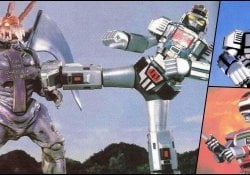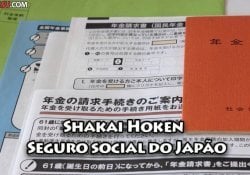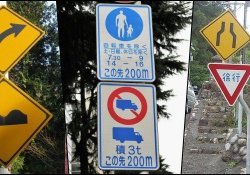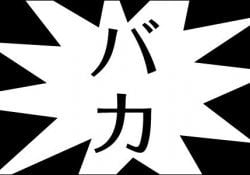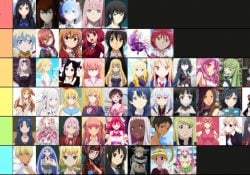Some imagine that the abacus is an instrument for children, but did you know that the Japanese use this tool in a practical way even in place of the calculator? Today we are going to talk about the famous Japanese abacus called soroban and the Japanese art of handling it.
Soroban (そろばん) is the name given to the Japanese abacus, which is an instrument for professional and practical calculation. It was invented in China where it was called suanpan, and was taken to Japan around 1600.
The Soroban is a very simple device, consisting of rods and beads, attached to a frame. There are different types of abacuses, dating back 400 years before Christ. It was used extensively in Egypt, Rome, Greece, India and other ancient civilizations.
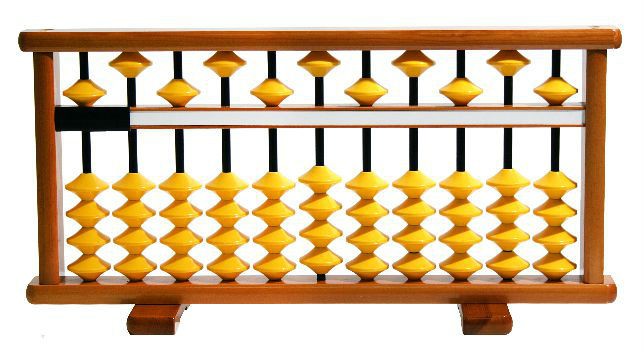
Over time, different improvements were made to this stone and wood calculation tool until arriving at the soroban we are writing today.
The word soroban [算盤] is derived from the character [算] which means to calculate, guess, numbers and probabilities, along with the character [盤] which means tray, shallow bowl, platter, plate and similar things.
Índice de Conteúdo
How is soroban used in Japan?
In Japan, it is taught in schools for children as young as 3 years old. They are often used even in companies. So much so that some office jobs require a soroban certificate.
Using a soroban helps with math learning, memory and abstract logical reasoning, as well as being a fun device. You probably knew an abacus when you were a kid, but the abacus it's totally different. He has only five beads, or pebbles in each numerical order.
It is often used in an improved manner capable of generating extremely fast techniques to perform any calculation, be it addition, subtraction, multiplication and division. It is also possible to work with hours, minutes, seconds, conversion of weights and measures, integers, decimals, negatives, square and cube roots.

Using soroban, some were able to learn to do mental calculations. Gradually the Japanese abacus makes people acquire skills to do mental calculations with huge figures. Using soroban can make you have skills faster than a calculator!
O campeão Takeo Sasano entrou para o livro dos recordes com o tempo de 1,83 segundos (não dá nem dois segundos!) calculando 15 números de 3 dígitos cada. Faça o teste: marque o tempo que você gasta para calcular isto em uma calculadora... Assim você vai entender o poder do Soroban!
Soroban is not just a toy, it is a tool that many devote years of practice to in order to achieve the skill called anzan soroban [暗算そろばん] or abacus mental allowing the person to do gigantic calculations without the instrument.
Benefits of using the Japanese abacus
See other skills that are also noticed in the use of Soroban:
- Melhora a concentração e memorização, sobretudo para números;
- Refined visualization and inspiration;
- Closer observation;
- Processing information faster;
- Increase in "auditory speed";
- Mental calculation;
- End stress and anxiety;
- Logical reasoning;
- Subject;
- Agility;
Japanese abacus construction - Soroban
Soroban is composed of several columns, each one representing a unit, ten, hundred, etc. Each column in turn is divided into two, where on one side there is a piece and on the other four pieces. The reading of soroban is done from left to right.
At the top is one account (or piece) per column. Each bead means five numerical units, and these beads are called godama why ir means five and lady ask.
At the bottom of each column are four beads, each signifying one numerical units and are called ichidama why ichi means one and lady means piece.
The soroban frame is called waku, while the dividing bar that separates the godama do ichidama called hari. Keta is the name of the bamboo stem where the quotas (size) slide.
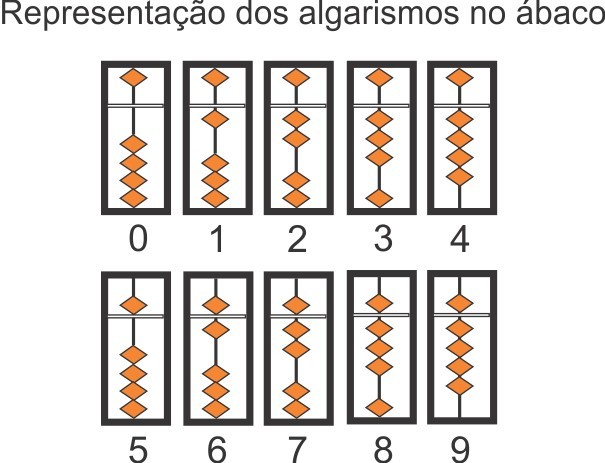
When the top pieces or beads are up, and the bottom beads are down, Soroban is “zero”. When we move a stone from the bottom to the top, we will have the 1, if we move one more, we will have the representation of the 2 and so on.
To represent the 5, we just move the top stone, from the numerical square chosen as each of the units, upwards. Although it seems simple to make calculations with this instrument, it is necessary to learn techniques.
Once you master the technique called shuzan [珠算] you are much smarter than a calculator.
The article is still halfway through, but we recommend also reading:
Books to help you learn about SOROBAN
Below we will share some books to help you master the soroban technique:
Where to buy a soroban?
We recommend buying a soroban online through the ebay website, there you will find great prices:
Perhaps you are wondering what is the difference between the Chinese suanpan abacus and the Japanese soroban abacus. The Chinese abacus usually has five pieces on the bottom and two pieces on the top, two more pieces, a different way of calculating.
Japanese abacus videos - Soroban
Here are some videos that show the great skill and use of soroban:
Soroban contest:
How does it feel to see this bunch of kids doing huge calculations using a simple tool? It looks super complicated. I hope you enjoyed this little article. Thanks for the comments and shares. We also recommend reading:

